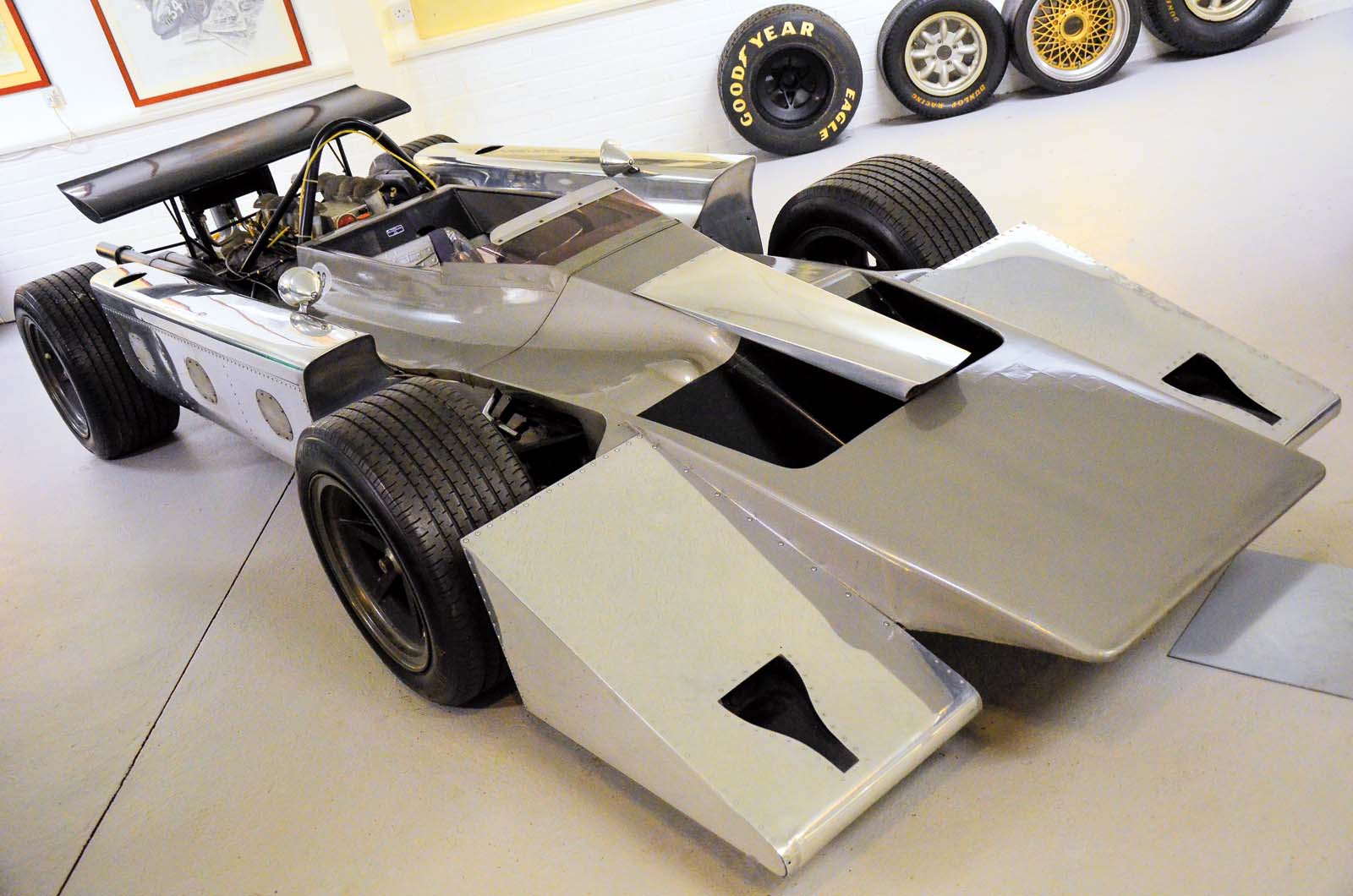Improved Electrode Performance Using Fine‐Tuned Poly(arylene piperidinium) Ionomers In Anion Exchange Membrane Fuel Cells
Advanced Energy Materials, Volume 15, Issue 8, February 25, 2025.

This work presents an approach to optimize anion exchange membrane fuel cell performance via fine-tuning of ionomer ion exchange capacity. An optimal design choice for anode and cathode is based on a systematic investigation of correlations between physio-chemical characteristics of ionomers and phenomena impacting fuel cell operations and supported by techniques such as distribution of relaxation times analysis.
Abstract
Ionomers based on poly(arylene piperidinium)s with varying ion exchange capacities are evaluated in different combinations of anode and cathode electrodes in anion exchange membrane fuel cells. The operational conditions are chosen with an asymmetrical regime including a dry anode with 50% relative humidity at the inlet, and full humidification at the cathode. Polarization and impedance measurements are carried out in potentiostatic steps within 0.3–0.9 V and distribution of relaxation times analysis is utilized to deconvolute resistance contributions. The results show that the best cell performance is achieved with both electrodes utilizing an ionomer with the highest ion exchange capacity (IEC) of 2.79 meq g−1. Cells built exclusively from this ionomer achieved a peak power density of 1.01 W cm−2. Deconvolution of the resistance contributions revealed the impact of water content on the effective charge transfer resistance in both electrodes and a diffusion resistance associated with the movement of water from anode to cathode side. The higher conductivity and water uptake of the high IEC ionomer resulted in a reduction of both resistance contributions, leading to the highest performance under the conditions evaluated. These findings provide important insights into how to tailor the electrode layers for optimum fuel cell output.







































































































































































